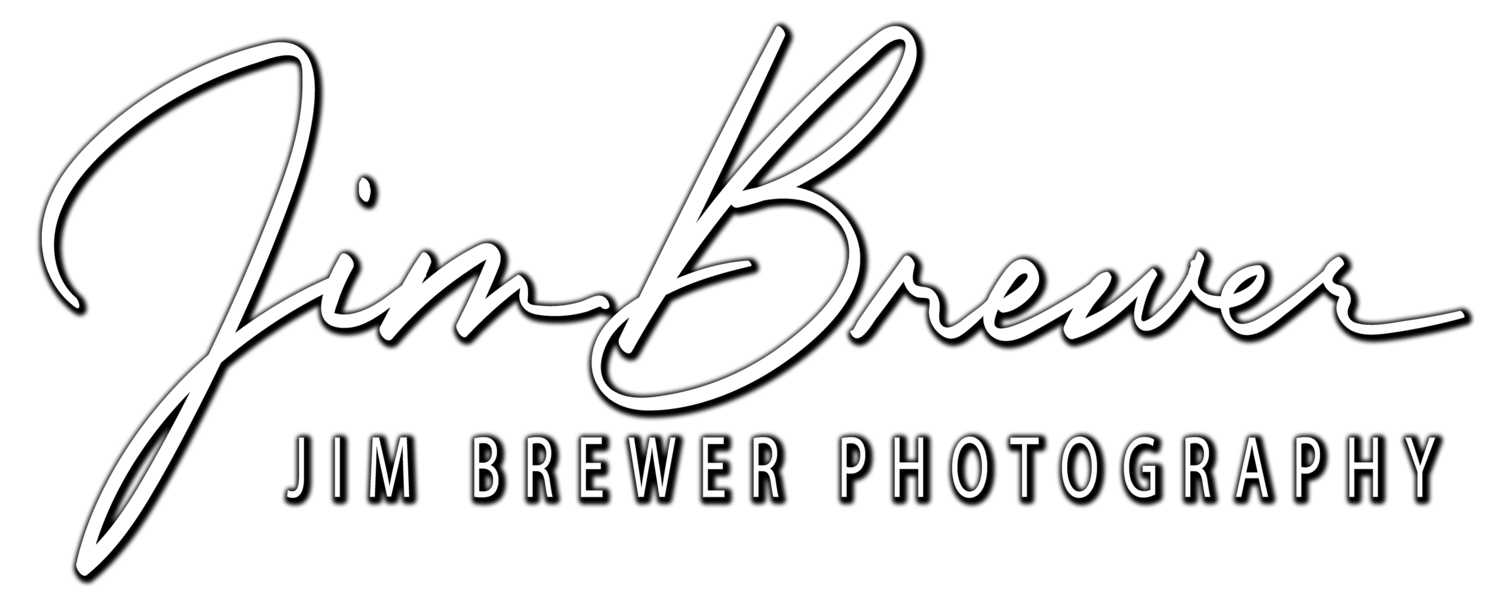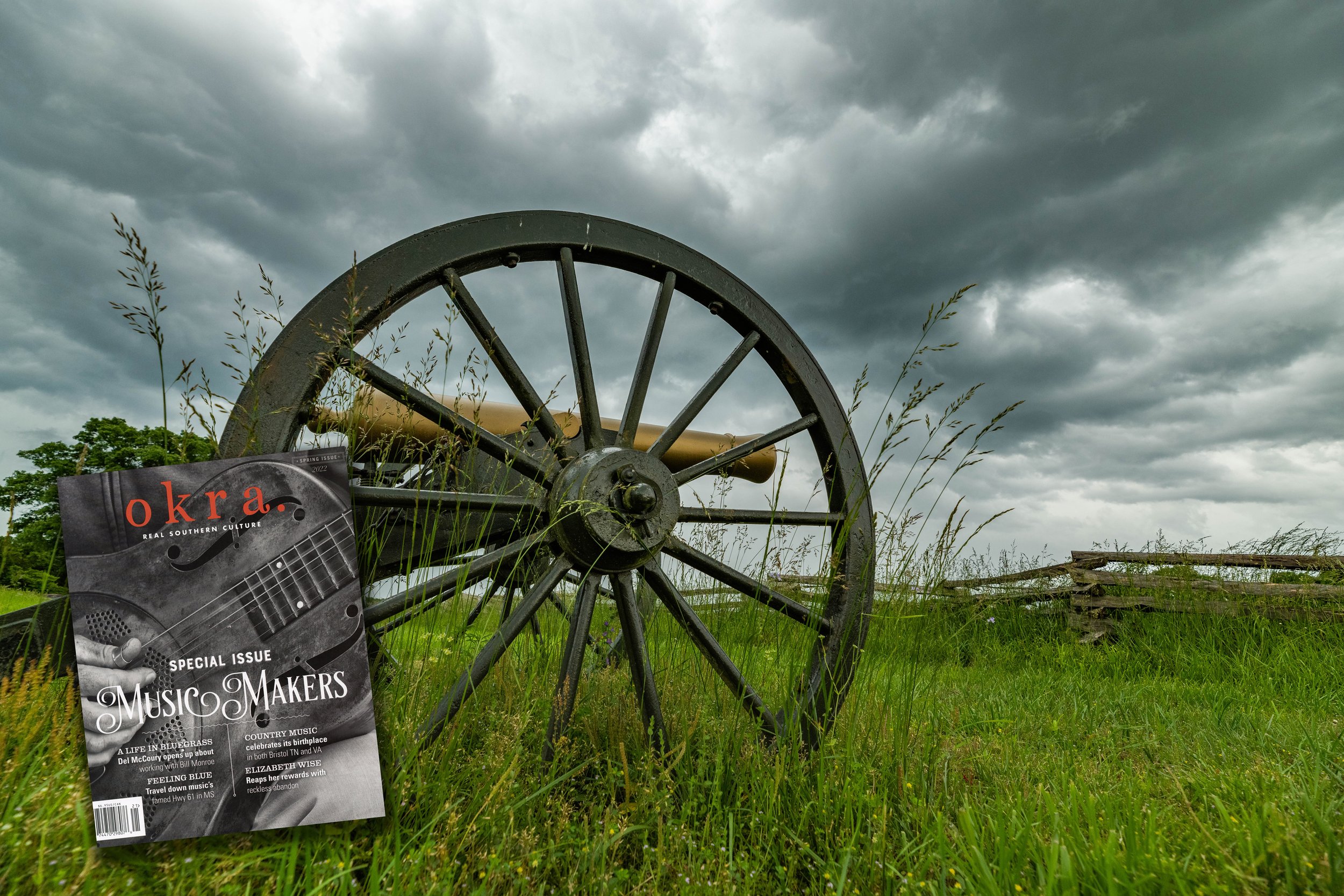A special thank you to @okramagazine for selecting this photo of an approaching storm at Pea Ridge for their Spring 2022 issue.
Honored to provide photos for the updated website of my alma mater’s School of Journalism and Strategic Media.
Thank you to Okra Magazine @okramag for selecting my shot of sunrise and fog on the White River at Calico Rock for a two-page spread in their Summer 2021 issue.
Thank you to Okra Magazine @okramag for selecting my shot of Kings River Falls for a recent issue.
If you’re interested in wildlife photography, you really need four things . . . patience, luck, a little stealth, and the right equipment. A good telephoto lens and a monopod for support are essential. The faster the lens (larger maximum f-stop) the better, but keep in mind that fast lenses are also quite expensive. I shot the photo top left with a 300mm/2.8 telephoto lens. The 300/2.8 is fast, incredibly sharp and will get you reasonably close to your subject. The photo top right was taken with a 150-600mm zoom at around 500mm. The 150-600 is a much less costly alternative to the 300/2.8. What you lose in low-light shooting is made up for in the price. There’s nothing like being out in the wild photographing these magnificent creatures. Just remember, you’re not in a petting zoo. Keep a safe distance and respect the wildlife!
Photo Tip of the Day / Action Photography
If you’d like to get into sports action photography, here are a few simple tips to improve your work. First, you need the right equipment. If you’re shooting football, you need a lens that reaches at least 300mm. Anything less and your subject will be too far away (most of the time). The photo above was shot with a Sigma 300mm f/2.8 telephoto lens, an incredibly sharp lens for sports. An affordable alternative would be Sigma’s 150-600 sport lens, which is also an excellent choice for shooting baseball and softball, two sports where you often find yourself far removed from the action. But remember, a long lens gets heavy, so you’ll need to invest in a monopod to keep it steady (and save yourself from exhaustion!) My favorite basketball lens is Nikon’s 80-200 / 2.8. It’s fast, flexible and allows you to cover all areas of the court. Once you have the right equipment, I’m looking for two things in my action shots . . . eyes and the ball. I want to see the ball and I want to see the player's eyes if possible. My favorite action shots are almost always when the player appears to be looking directly at me. Here’s where positioning comes in. When I’m shooting football, as above, I position myself 20 to 30 yards ahead of the line of scrimmage. My favorite place to shoot is behind the end zone where I can see the holes open and catch the ballcarrier coming toward me. As for the technical aspect, I always shoot in shutter priority because I want to control the shutter speed, whether I’m freezing the action completely or slowing the shutter speed to create motion blur. Either way, I want to be in charge. Shooting sports is challenging, but it’s also great fun! Go find a game and start shooting!
Photo Tip of the Day
It all begins with an idea.
If you’re interested in landscape photography, patience is often the key to getting just the photo you want. For this shot taken recently at Pea Ridge National Military Park, I wanted to capture a cannon at sunset but the lighting conditions had to be just right. I checked the time for sunset, arrived at the park 90 minutes early and found a location that I hoped would give me the image I wanted. Then I waited. A thin layer of clouds actually worked to my advantage, diffusing the light and creating some wonderful colors. This was shot on a tripod without the legs extended to give me the low angle I wanted. My exposure was ISO 100 at 1/10th of a second, f22 for maximum depth of field. Camera: Nikon D850 / Lens: Sigma 150-600mm zoom at 600mm. I used a Vello remote trigger to avoid any camera shake.
If you’re truly interested in landscape photography, purchase a good tripod and a remote trigger of some kind. And keep shooting!







